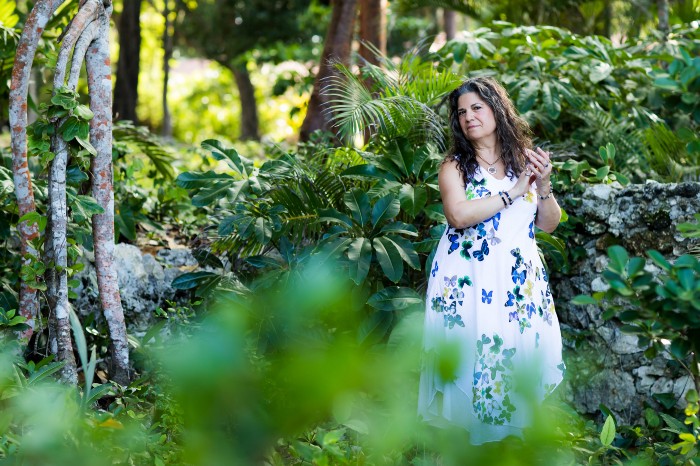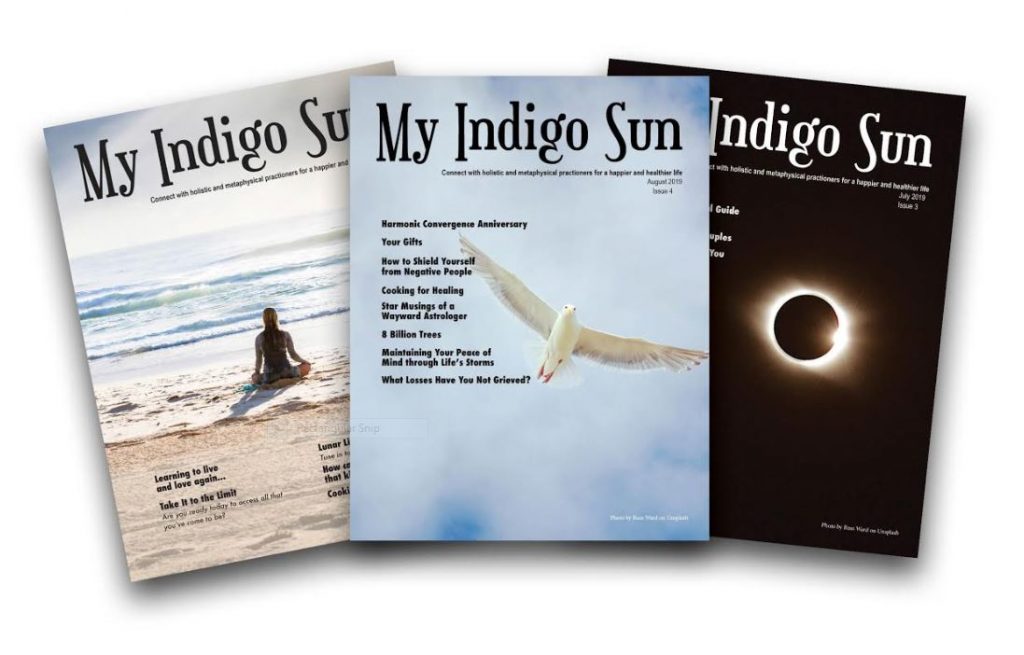Many of us use the word meditation as a blanket term to cover practices that though they are adjunct and can launch us into the state of meditation, are separate practices. There are distinct differences between meditation, creative visualization, and mindfulness. Due to the branding of creative visualization as meditation even I gave in and called my creative visualization podcast, Meditate with Ambika. Please don’t think me a hypocrite after reading what I am about to share with you. After all, if I had named it, Creatively Visualize with Ambika, would you know what I was offering to you? Likely not.
Please allow me to shed light upon these three different yet related techniques so that we can begin to use the proper terms in the future and understand the actions needed to achieve them.
Meditation is a practice in which we withdraw from the senses. Mindfulness is a process that brings us into the present moment with a sense of being in the here and now. Creative Visualization is what most people are doing when they think they are meditating while watching a video or listening to a guided sequence called meditation.
The directives for achieving the state of meditation are simple and yet the meditative state is the most challenging for most people to discovery themselves in. The directives for finding the state of meditation are deceptively simple. They are:
1. Sit up straight. This is due to the lifting the chest for the reason of giving more space to the lungs for breathing. This also elongates the spine so that Prana-energy flows more freely through the anchors of the chakras.
2. Close the eyes. This is required to help the meditator withdraw the senses and turn the awareness away from the external world drawing it inward.
3. Focus on the breath coming in and out of the nostrils. I like to add to this when teaching my students to pay close attention to the quality of the air across the inside front edges of the nostrils. This helps a great deal with focus.
That is it, just these three things.
People often confuse the gateways and triggers to help them get into the state of meditation as the act of meditating. This is okay as we must begin by setting our first step somewhere upon this path.
Physical movement such a sport, dance, walking, running, cooking, or cleaning can easily trip the awareness of an individual into a trance as the potential brainwaves to induce this fire every 90 seconds. These open a doorway and easily draw us into a trance state. Creative visualization and mindfulness practices can potentially trigger the state of meditation given this firing of brainwaves however they cannot guarantee it.
Mindfulness is the practice of coming into the present moment through a variety of methods. This helps us to realize choices. We all experience reactions constantly. This is a part of being human. Each reaction creates a choice. The practice of mindfulness helps us to identify initial reactions and avoid becoming caught in a cycle of re-reactions.
The state of mindfulness can be achieved by many things including techniques I enjoy teaching centering and grounding to beginners to help them become aware of the sensations. The actions produced by mindfulness practices can bring us quickly and easily into the present moment. I often use them in my guided creative visualization sessions as a part of the induction process.
The same actions I described about getting into the state of meditation can trigger a sense of being in creative visualization. This is using the imagination for ideation and is helpful in manifestation. Creative visualization usually involves focusing on something in particular such as the voice of an instructor in a Yoga Nidra style guided meditation session, a video with particular images or music with specific frequencies as they can be very hypnotic. Though creative visualization can launch us into the state of meditation, when the mind is being entertained we are not necessarily meditating.
In the state of meditation we are completely withdrawn from the senses and the world around us. I teach my students and clients to tune into their senses first, so that they can understand the difference between being engaged with the senses and withdrawing from them. Later when they are learning to sit quietly to meditate I give them tools to completely withdraw from their senses.
The state of meditation is witnessing and coming to an understanding that we are not the doers. It shows us that there is a difference between the ego-mind and what our true beingness of omnipresence and oneness truly is.
Ambika Devi




